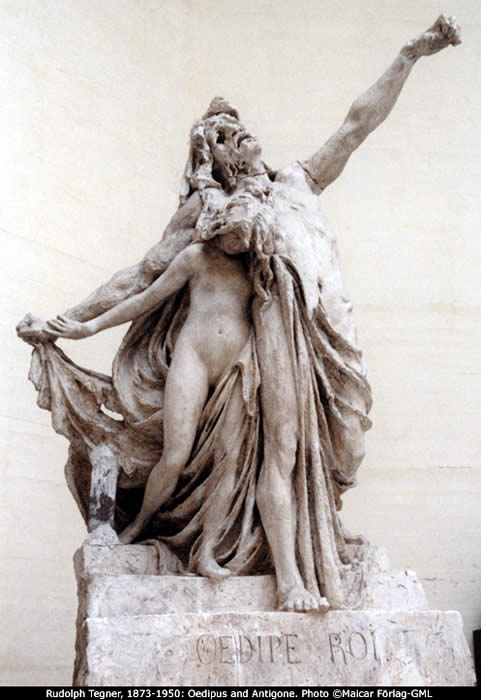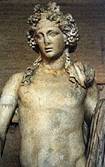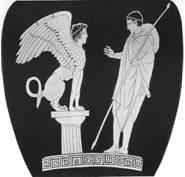
GREEK DRAMA (PART I: OEDIPUS THE KING)
 |
Assignment 1: Read the Prologue (3-10) and Parados (10-12) The prologue is the exposition of the tragedy and explains what is going on at Thebes. As you read, try to identify some character traits of King Oedipus. How does he characterize himself? How do others characterize him? Assignment 2: Read Scene I (12-25) and Ode I (25-26) Oedipus responds to the message of the oracle and is confronted with a terrible revelation from the blind prophet Teiresias. Assignment 3: Read Scene II (27-45) and Ode II (45-47) Oedipus confronts Creon and Iocaste attempts to intervene. Note that Sophocles has now established a pattern. First, someone who wants to resolve a situation interacts with Oedipus. Then Oedipus forces information from that person. Finally, the information that he receives is unexpected and not good news. Assignment 4: Read Scene III (47-58), Ode III (58-59), Scene IV (59-64) and Ode IV (65-66) In Scene III notice the pattern that has been previously established. A messenger brings news from Corinth that is originally thought to be good news but turns out to be bad news. Scene IV brings further revelation, this time from the Theban shepherd who witnessed the death of Laios. This scene is an example of both recognition (anagnorisis) and reversal (peripeteia). The character of Oedipus, the tragic protagonist, has learned important information at the same time that he suffers his tragic reversal. For Oedipus, the truth causes his downfall and knowledge brings tragedy for him. Assignment 5: Read Exodos (67-81) The Exodos is the tragic denoument. Note that the messenger tells the awful details of the conclusion; the audience does not see them. The audience does get to see the changed Oedipus who provides a stark contrast to the character that we met at the beginning of the play.
|
 |
 |
 |